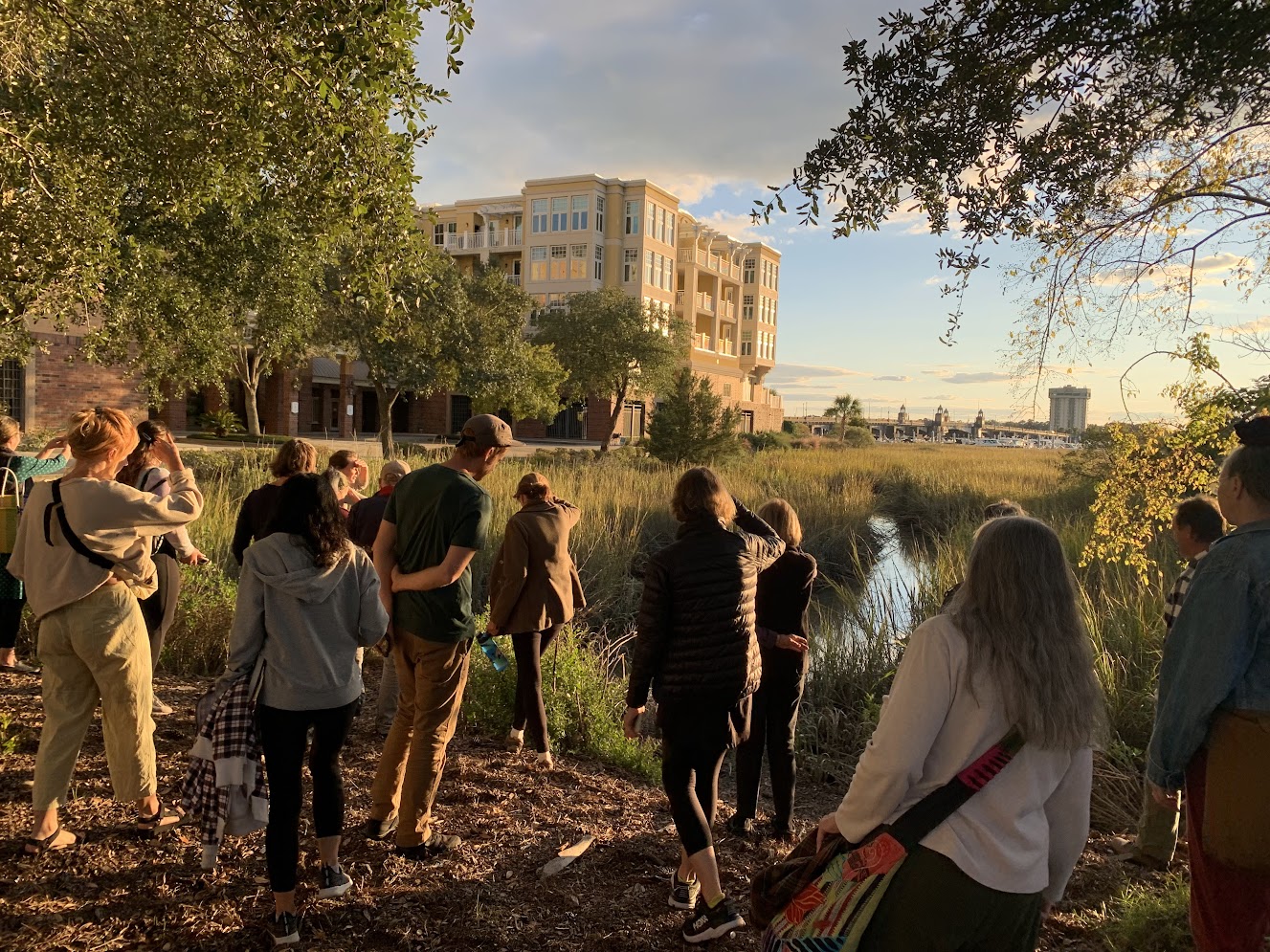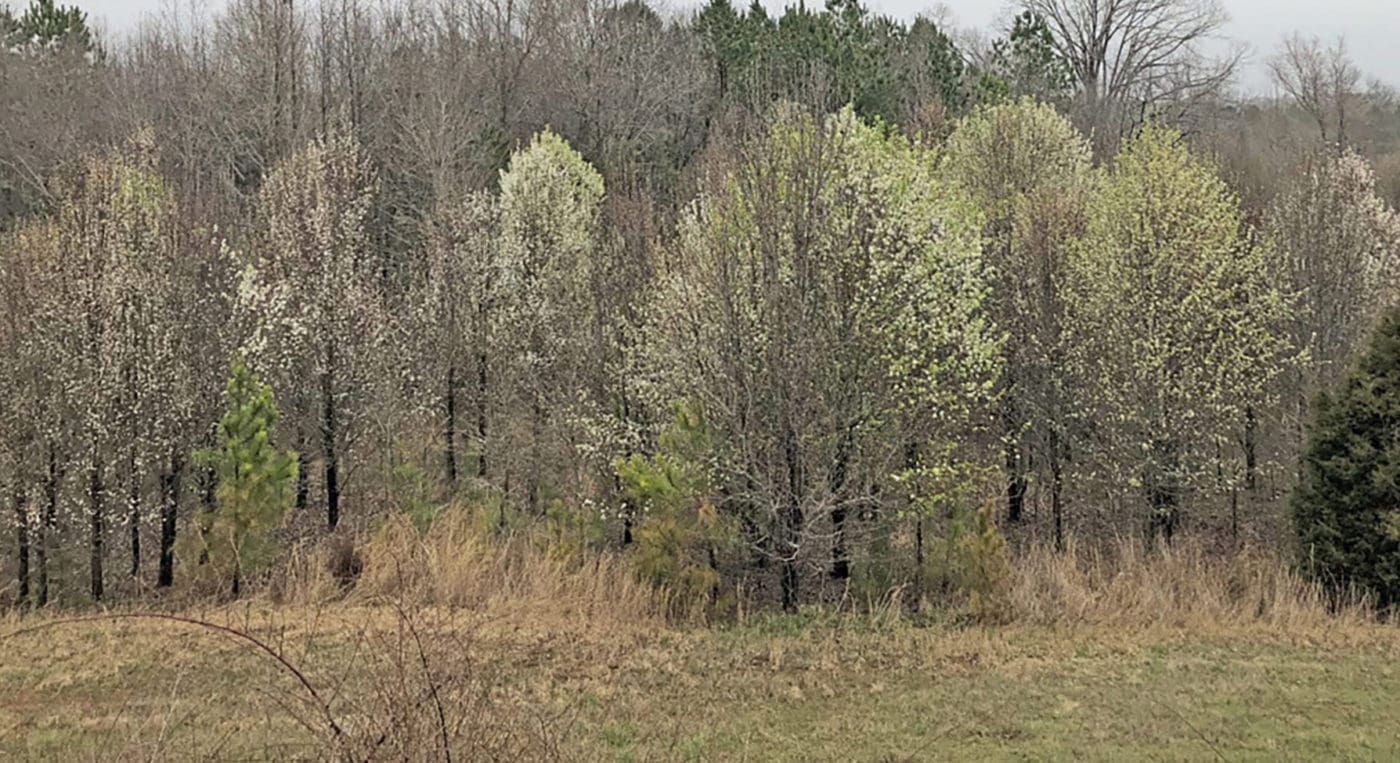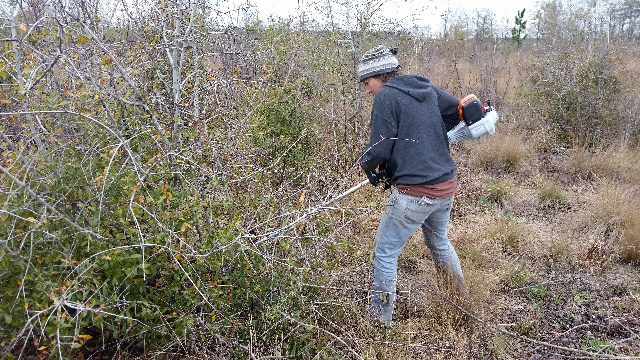|
|
|---|
|
|
|---|
 South Carolina Native Plant Week is October 12-18 (and we will celebrate the whole month of October)! Here is a calendar of events and activities across the state. |
|---|
|
|
|---|
 Gadsden Creek and Gadsden Green community Photo by Jared Bramblett Tuesday, October 14, 6:30 pm Note this is the SECOND Tuesday of October, during SC Native Plant Week Lecture: Ecological Justice and History for Sustainable Policy Positions Mika Gadsden, Director of Sustainability, City of Charleston The Citadel’s Duckett Hall Auditorium, 2 Jones Ave, Charleston, SC 29403 Join Mika Gadsden, the City of Charleston’s Director of Sustainability, for an insightful presentation on the proposed E.E. Just Corridor initiative. This bold and innovative project aims to create sustainable, community-centered solutions to address climate resilience and environmental equity in Charleston. Mika will explore the intersection of ecological justice, historical inequities, and policy advocacy, and show how the corridor could serve as a model for inclusive urban planning and environmental stewardship.  Enter Duckett Hall from Jones Ave and go up the short steps to the Auditorium on your left. Free parking is available after 5:00 PM in the parking lot south of Richardson Street, accessible from Mims Ave. Refreshments and socializing after the meeting.  |
|---|
|
|
|---|
 Gadsden Creek field trip 2023 Photo by Laura Moses Saturday, October 18, 10 am – 12 noon Field Trip: Gadsden Creek Leader: Mika Gadsden, Director of Sustainability, City of Charleston Meet at the southernmost parking lot (closest to the bridge) of Brittlebank Park, 185 Lockwood Drive, Charleston, SC 29403 Join us Saturday, October 18, from 10 am to 12 pm for a walking tour of Gadsden Creek, led by the City of Charleston’s Director of Sustainability, Mika Gadsden. For those who may have attended the Gadsden Creek field trip in the Fall of 2023, this trip will provide important updates to the conservation efforts by Friends of Gadsden Creek in partnership with the South Carolina Environmental Law Project. In addition to exploring this thriving saltmarsh ecosystem, Mika will give an overview of the history of the surrounding Gadsden Green neighborhood and recent efforts to preserve the Creek as part of the City’s E.E. Just Corridor initiative. Registration is required and will be limited to 20 people. Registration opens two weeks before the event at this link. |
|---|
|
|
|---|
|
|
|---|
|
Registration Is Open! Tickets are on sale for the 2025 Statewide Symposium UNTIL FRIDAY OCTOBER 3!
The statewide symposium brings together SCNPS members from all chapters, and this year, the Grand Strand chapter will be hosting! Throughout the weekend of October 17-19, there will be numerous field trips, presentations, workshops, and opportunities to meet and connect with fellow members. The majority of events will be held in Murrells Inlet at Brookgreen Gardens and Huntington Beach State Park, with several additional field trips throughout the Grand Strand region. This year’s theme will be Gentians. In South Carolina, the family Gentianaceae spans a wide range of habitats from the mountains to the coast. Within the Grand Strand region, gentians can be found among riverbanks, salt marshes, and longleaf pine savannas. We are excited to celebrate the unique ecology of these plants and to highlight the conservation issues they face. More information about the 2025 symposium, including details about accommodations, can be found at scnps.org/symposium2025. The 2025 symposium will be open to SCNPS members (from any chapter) only. If you are not already a member, please join us today!
|
|---|
|
|
|---|
Check out these events from The M.A.R.S.H. Project, a grassroots and community-based program working to revitalize and advocate for the unique marshland ecosystems in Charleston, South Carolina.
   |
|---|
|
|
|---|
 Coral honeysuckle, photo by JK Marlow Invasive species are non-native plants that spread aggressively, outcompeting native vegetation, reducing wildlife habitat and disrupting ecosystems. Many were introduced for horticulture use, while others arrived unintentionally through human activity. There are native alternatives that offer the same appealing traits, such as showy blooms, evergreen foliage, fall color, or unique forms, while thriving in the same sun and soil conditions. These native plants not only provide beauty and resilience in landscapes but also support local biodiversity. Download an informative list here. |
|---|







